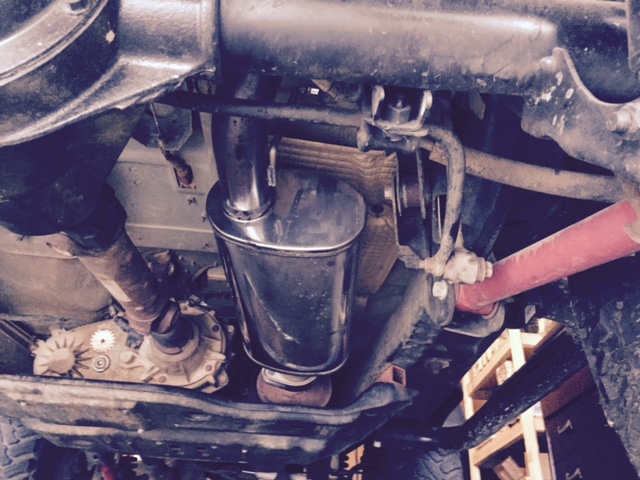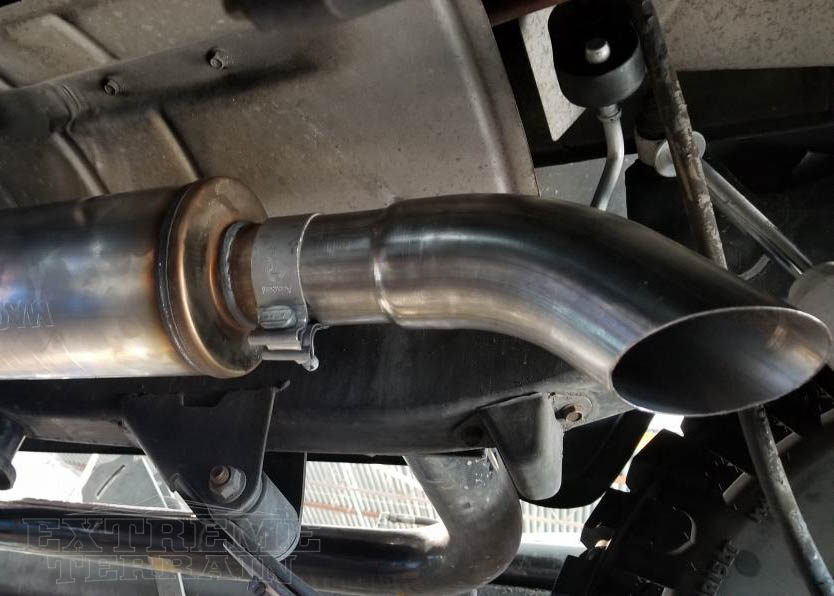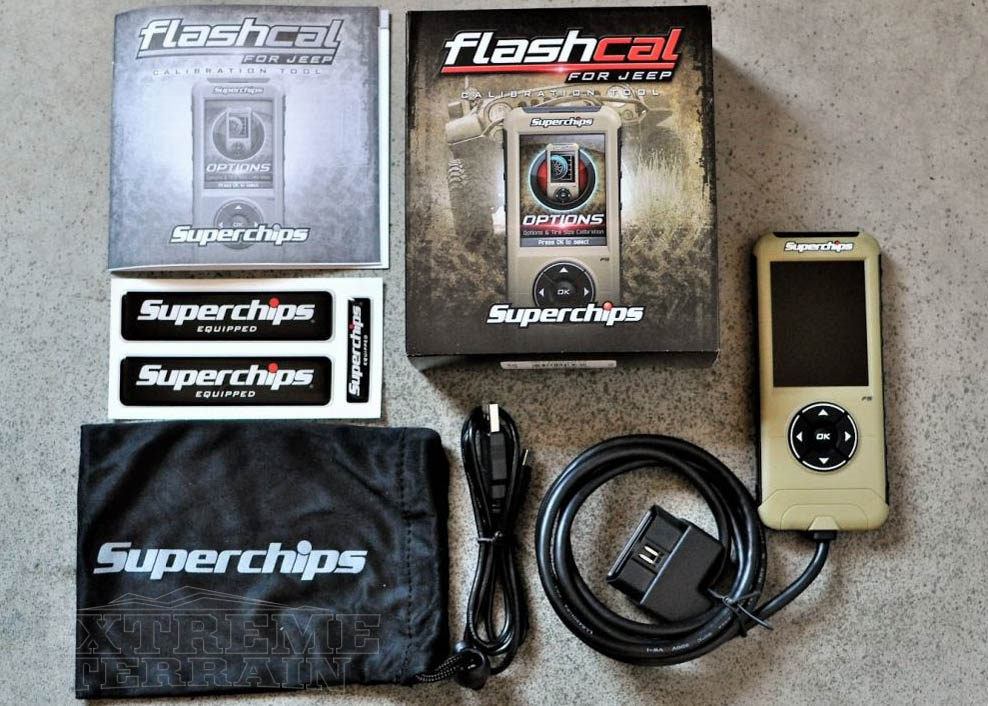Building a Jeep Wrangler is one of the hottest trends right now. Why wouldn’t it be? The aftermarket is so massive for these things it’d take a massive amount of effort to find something you can’t do with them. The amount of different options coming at you can be quite daunting—even in the most familiar territory. Purchasing and installing a good cat-back exhaust is likely to be a starting point or at least a point you will come to during your build. You might have a few questions on what each type has to offer and what will work best for you. Without further ado let’s get started.
Contents
Shop Wrangler Cat-Back Exhausts
Upgrading your cat-back is a fun and easy mod for anyone from the beginner all the way to the most experienced rig builder. If you are looking to customize your Wrangler's tone, improve gas mileage or anything in between there are plenty of options to select the perfect cat-back exhaust for your build.





